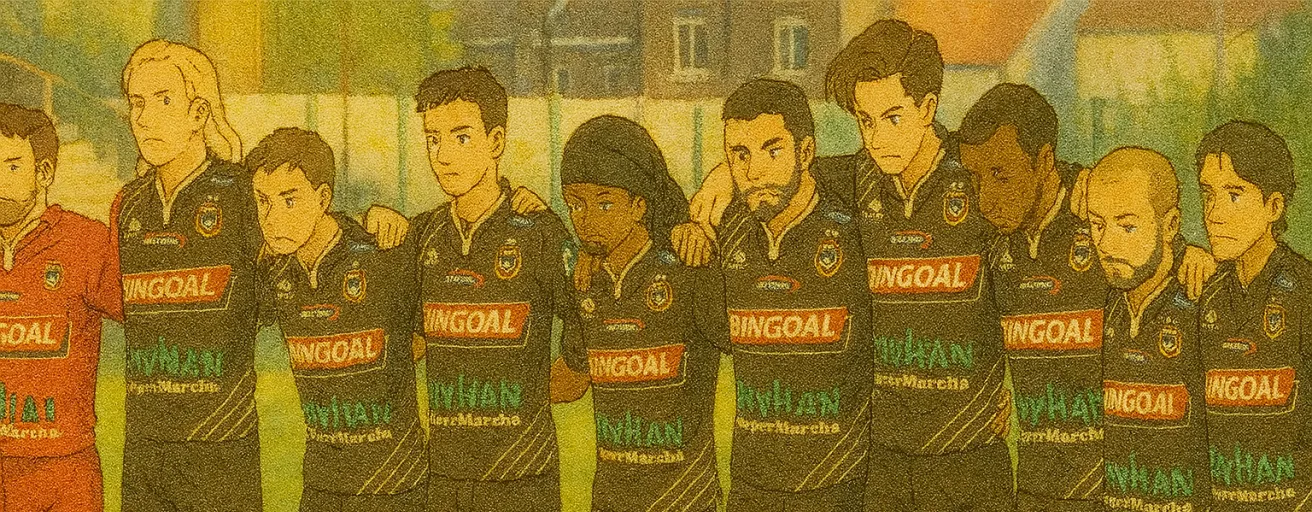
Olympic Charleroi
Belgian third-tier veterans with a resilient underdog spirit. OM faces a compact defense and quick counters—perfect for sharpening attacks in this low-stakes friendly opener.
Olympic Charleroi, founded in 1912 as Olympic Club de Charleroi, embodies a resilient, community-rooted identity shaped by mergers and fluctuating fortunes. Built on a foundation of local talent and tactical pragmatism, the club ascended to Belgium's top division in 1936, achieving notable peaks like a third-place finish in 1939 and second in 1947, reflecting a competitive mentality against stronger foes. Over decades, mergers—such as with R.A. Marchienne in 2000 and Royal Châtelet S.C. in 2019—have evolved it into R. Olympic Charleroi Châtelet Farciennes, fostering adaptability. In recent seasons, they've stabilized in the third tier, emphasizing survival and incremental progress, with a seasonal arc focused on defensive solidity amid lower-league constraints.
Historically, Olympic Charleroi favors a compact 4-4-2 or similar defensive formations, prioritizing organized pressing and rapid transitions to counter superior opponents, drawing from their mid-20th-century top-flight experience. This setup suits their underdog status, allowing efficient resource use against higher-caliber teams.
- Defensive resilience: Proven ability to frustrate attacks, as seen in past top-division stints where they held firm against elite sides.
- Counter-attacking efficiency: Quick forwards exploit turnovers, leveraging speed over possession dominance.
- Community-driven mentality: Strong team cohesion from local roots enhances morale in high-pressure scenarios.
Vulnerabilities stem from their lower-tier status, including limited squad depth and occasional lapses in technical quality, making them susceptible to sustained pressure and high pressing. Historical relegations highlight exposure to pacey wing play and set-piece dominance. For OM, the approach should involve patient possession to wear down their compact block, targeting flanks with overlapping runs to create overloads. Confidently maintain intensity without overcommitting, using this friendly to test rotations while exploiting transitional weaknesses—ensuring a measured buildup to Ligue 1 challenges.